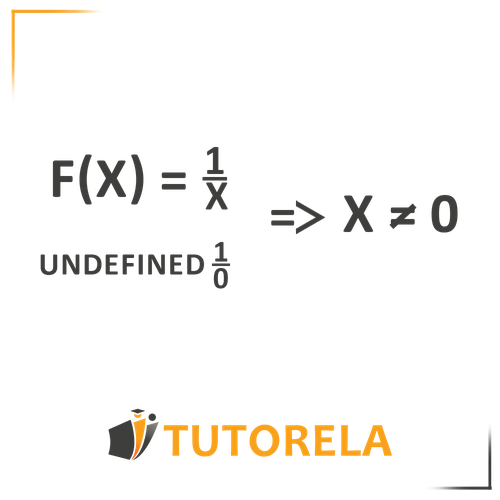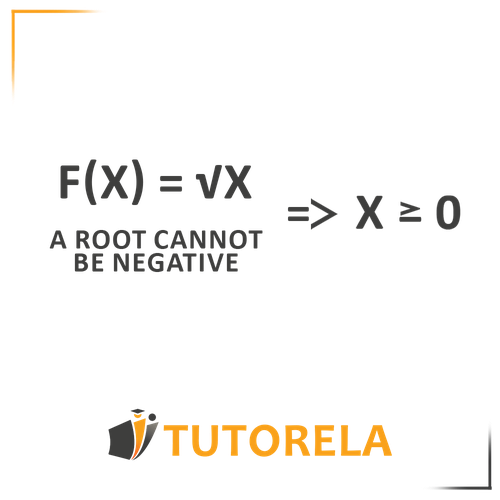The transposition of terms involves passing the terms of an equation from one member to another. In fact, it is a group of numbers that, according to mathematical rules, are allowed to be placed in place of the unknown (or variable) within an equation. The concept of transposing terms is especially concerning equations with fractions or square roots in order to find the domain of the equation.
In certain cases we must pay attention to the transposition of terms:
- In case of fraction the denominator cannot be equal to zero.
- In case of square root, the radicand cannot be negative.
This means that, in such cases, it is not enough to solve the equation, but we must check if the given solution is sustainable or makes sense in the real numbers.
How do you find the domain of an equation with one unknown?
1. In equations with fractions we will find the domain by equaling the denominator to zero.
The value or values that cause the denominator to equal zero are outside the domain of the equation.

- In an equation with a root the values that cause the root to be negative are outside the domain of the equation.

Below we can see an example of how to find the domain of an equation using transpose of terms:
Example :
This is an equation with fraction in which the unknown appears in the denominator. The denominator cannot be zero, so the expression is not well defined:
Using transposition of terms we can clear the unknown and we obtain:
Therefore, the domain of the function is all real numbers except when .